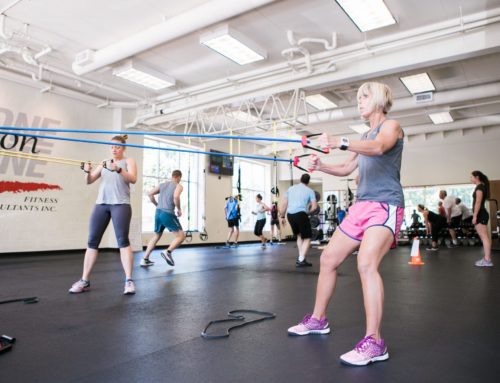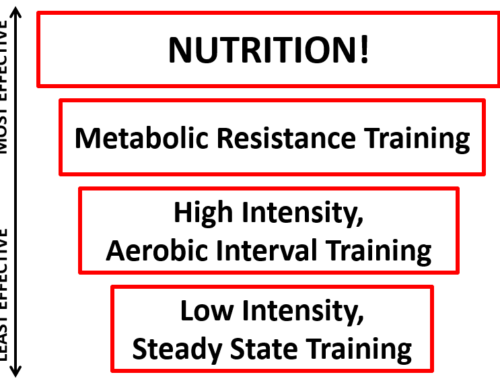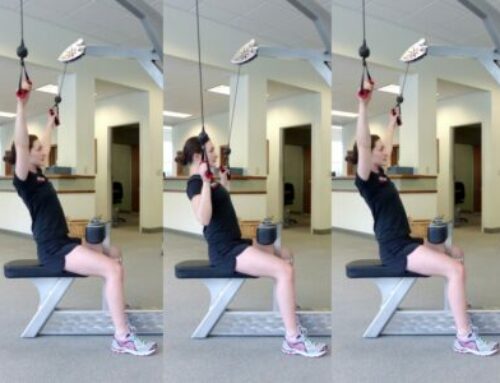
By Ryan Burke
Published: 11/26/23
Improving our mobility provides the “keys to the kingdom” for active aging adults hoping to engage in the same activities they have enjoyed throughout their lives. Unfortunately, most people begin to lose joint mobility by age 40 and, by age 55, lose approximately six degrees of motion per decade in their shoulder and hip joints (Sidenote: most non-injury related knee and back pain can be traced to dysfunctional shoulder and hip motion) . Stopping this natural decline is doable, but takes effort.
While mobility training encompasses many strategies, today we will focus specifically on stretching techniques/concepts that you can apply immediately into your life.
How to stretch
There are numerous ways to increase range of motion in our joints, and everything from gentle to ballistic stretching can be beneficial when done properly. Regardless of the stretching technique, remember that:
- You must stay relaxed – Stretching means lengthening your muscles, not contracting them. Attempting to stretch a muscle too far will elevate your body’s stress response and promote tension, producing a counterproductive response during the stretch. Instead, stay relaxed, breathe deeply and stretch as far as possible without feeling like you have to tighten up to protect yourself.
- Frequency matters – Recommendations from the scientific community are all over the map. Suffice it to say that, generally, more is better. Static stretching on a daily basis is our minimum recommendation.
Three stretching techniques
Keeping these concepts in mind, let’s dive into three techniques that you can try on your own.
Static Stretching: Starting in a neutral position, move through the range of motion until you begin to feel a mild stretch. Once you have gone as far as you can comfortably go, hold it there for anywhere between 30-120 seconds.
Proprioceptive Neuromuscular Facilitation (PNF): PNF involves taking the muscle to its end-ROM, holding that position for about 30 seconds, then actively contracting the stretched muscle for 5 to 10 seconds before relaxing and beginning the sequence again.
Active Stretching: Active stretching uses multiple repetitions of a 2-second static stretch, but emphasizes a contraction of the antagonist (opposing muscle) to increase relaxation of the target muscle. This technique is especially effective in a movement prep when preparing the body to work.
Should I stretch before or after exercise?
The answer is both. Active/dynamic stretching are the best strategies before exercise. Static and PNF stretching is best performed after exercise while the body is warm.
Conclusion
Finally, expect improvement. Implementing these stretching techniques will deliver noticeable improvement in a relatively short period of time. If you are not seeing these improvements, you should revisit your technique and frequency commitments.
Mobility equals freedom as we age. Dedicate time daily to use these techniques and live the same active, vibrant lifestyle you have enjoyed all of your life.




